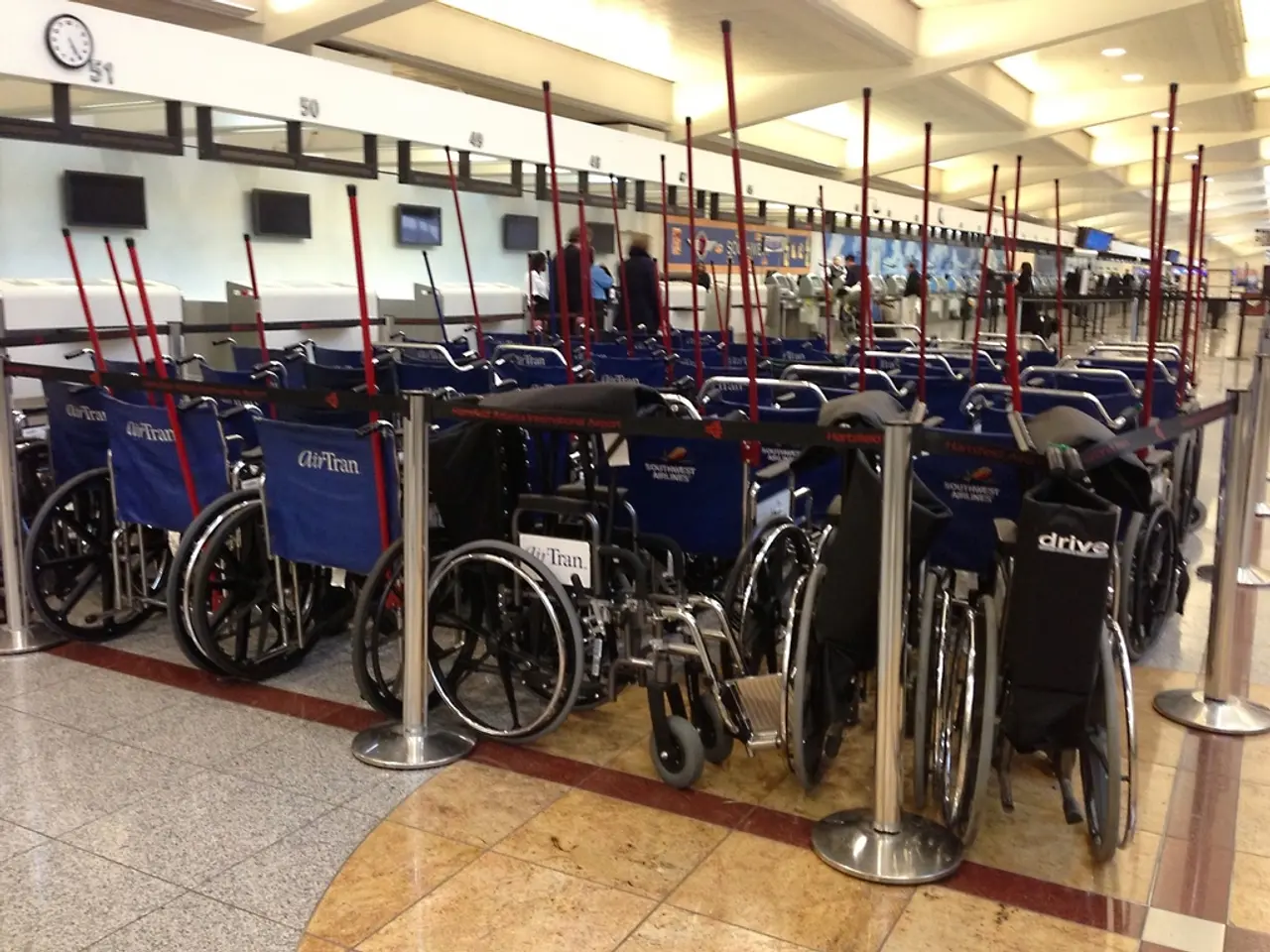Transforming Workspaces: Constructing Neuro-Friendly Work Environments
In the modern business landscape, embracing neurodiversity has become a crucial aspect of creating a thriving and inclusive workplace. Senior leadership buy-in is essential for embedding neuro-inclusion into an organization's wider people strategy, driving real change and ensuring long-term success.
Line managers play a pivotal role in supporting neurodivergent staff members. Their approach can determine whether an employee thrives in their role or faces ongoing challenges. Research indicates that neurodivergent employees often bring unique skills to the table, such as problem-solving ability, creativity, logical thinking, and attention to detail.
To make recruitment processes more inclusive for neurodivergent candidates, employers can adopt several practical strategies. Beginning with accessible and transparent job descriptions, employers should signal inclusion, keep essential criteria to a minimum, and describe the sensory and social environment of the workplace. Providing multiple contact methods and clear communication about timelines can help reduce anxiety caused by uncertainty.
In assessing candidates, flexible interview formats, such as allowing virtual or in-person options, giving interview questions in advance, reducing panel sizes, and offering accommodations like extra time, quiet rooms, or assistive technologies, help create a less stressful, fairer process. Employers should also offer alternatives to traditional interviews, such as practical tasks or work trials, to allow neurodivergent candidates to demonstrate skills beyond standard metrics.
Onboarding should be personalized through early meetings to discuss communication preferences, sensory sensitivities, and work rhythms, combined with mentorship or buddy systems to clarify expectations and model workplace norms. Training managers on neurodiversity awareness, strengths-based approaches, and inclusive communication techniques fosters an inclusive culture supportive of neurodivergent employees from the start.
Organizations are advised to rethink recruitment holistically by implementing anti-bias resume screening methods, recognizing caregiving or non-traditional career paths, and publicly highlighting neurodiverse employees to create role models and foster a welcoming image. These combined measures not only improve outcomes for neurodivergent candidates but often enhance overall talent acquisition quality and innovation capacity.
Executives should use people data to track the effectiveness of their neurodiversity efforts and identify areas for improvement, creating a better employee experience and ensuring the organization is taking the right action. Many adults discover their neurodivergence later in life, often after feeling they cannot "fit in" at work, and by creating safe spaces, employers can build an environment for everyone to thrive.
Managers who proactively offer support to employees, without requiring disclosure of a condition, tend to foster a stronger, more stable rapport with neurodivergent employees. Businesses should consider whether their recruitment process allows everyone to perform at their best, and make adjustments such as providing interview questions ahead of time, offering breaks, and using clear and simple language in job advertisements.
However, the use of abstract competency questions, fast-paced group interviews, and AI evaluation tools can create challenges for neurodivergent candidates. Therefore, it is essential to review and adjust these practices to ensure a fair and inclusive recruitment process for all.
- In the realm of business, leadership can champion neurodiversity by incorporating it into the organization's wider finance strategy, understanding that the unique skills brought by neurodivergent employees can contribute significantly to the organization's success.
- To foster a fully inclusive and prosperous business environment, diversity-and-inclusion initiatives must extend to the recruitment, onboarding, and management of neurodivergent employees, ensuring that the organization's overall people strategy is supportive and advantageous for all.




